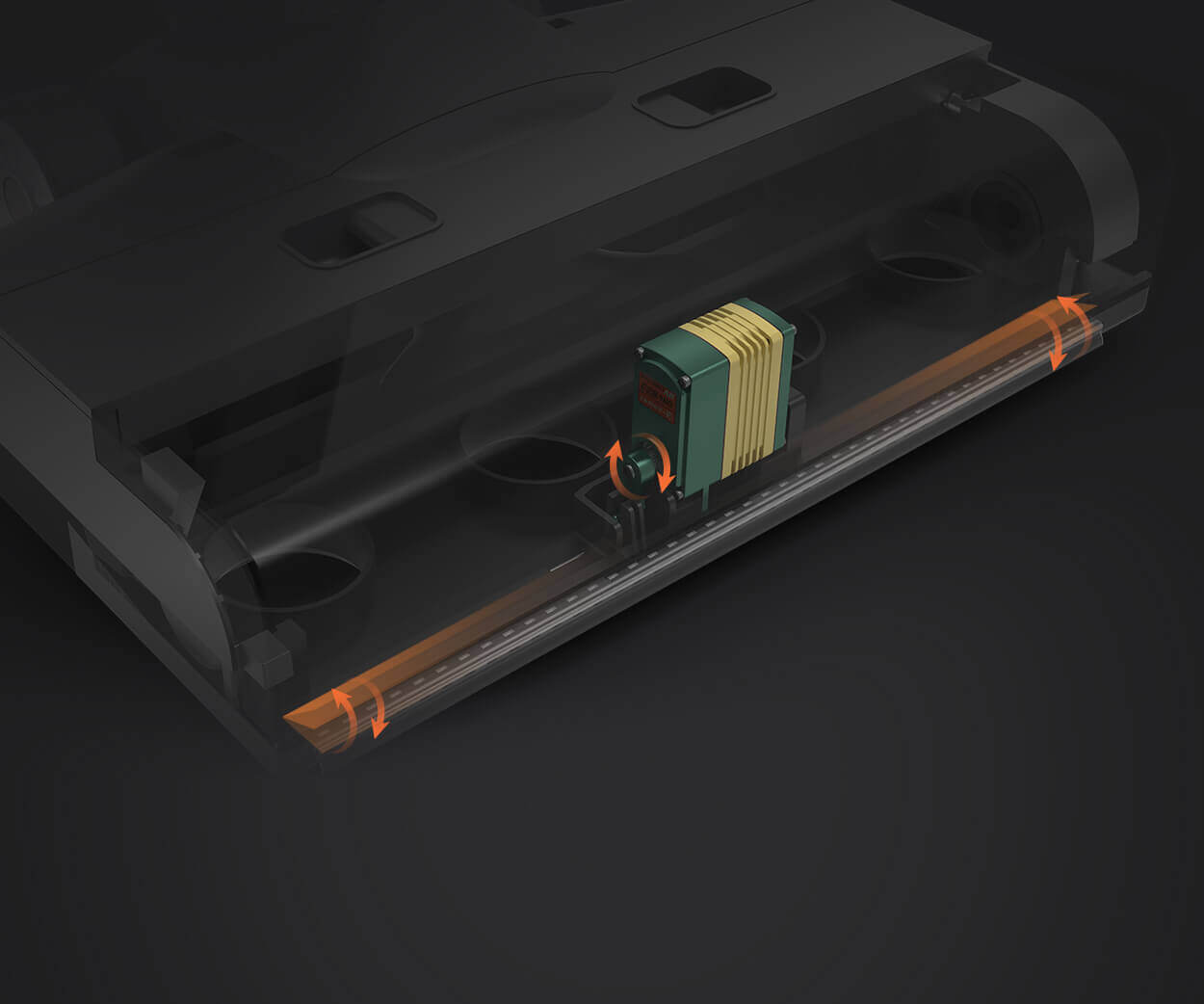In the realm of modern machinery—whether in robotics, industrial automation, or aerospace—motors are the lifeblood driving precision, efficiency, and reliability. Among the myriad types of motors available, two stand out for their widespread application and versatile performance: brushless DC motors (BLDC) and servo motors. While they may seem similar at a glance, these two motor types serve distinct purposes and possess unique characteristics that influence their suitability for different tasks.

Understanding Brushless DC Motors Brushless DC motors, or BLDCs, represent a significant evolution from traditional brushed motors. As the name indicates, they eliminate brushes and commutators, which are common wear parts in older designs. Instead, BLDCs leverage electronic controllers to commutate the phases, resulting in quieter operation, higher efficiency, and longer lifespan. The basic structure involves a rotor with permanent magnets and a stator populated with windings.
One of the most compelling features of BLDCs is their excellent efficiency—sometimes exceeding 90%. This high efficiency translates into less heat generation, less energy waste, and lower operational costs. Their design provides robust torque at high speeds, making them suitable for applications that demand continuous operation and reliable performance. From HVAC systems to electric vehicles, BLDC motors are the go-to choice for many high-performance applications.
Another advantage that makes BLDCs popular is their compact size relative to their power output. They can be designed to fit into tight spaces without sacrificing performance. Furthermore, because they lack brushes, maintenance requirements are reduced considerably, extending their lifespan and minimizing downtime. Modern BLDCs also integrate advanced electronic commutation and sensorless control options, making them easier to integrate into complex control systems.
Exploring Servo Motors Servo motors, a broader category of motor types, are characterized by their ability to provide precise control of angular or linear position, velocity, and acceleration. They are typically paired with feedback devices like encoders or resolvers to enable closed-loop control. The primary goal of a servo motor isn’t just to produce motion but to do so accurately and predictably.
Servo motors can be brushed or brushless. However, in most modern applications, especially those requiring high precision, brushless servo motors are preferred. These motors combine the efficiency and durability of BLDCs with the sophistication of servo control systems. As a result, they can deliver very fine control, quick response times, and high torque at low speeds—making them ideal for robotics, CNC machinery, and automated manufacturing.
Compared to BLDCs, servo motors are generally more complex due to their integrated control systems and feedback mechanisms. They often require dedicated servo drives—electronic units that process sensor inputs and adjust the motor current accordingly. This added complexity allows servo motors to achieve a high degree of precision. For example, in a robotic arm, a servo motor can rotate to a specific angle with minute accuracy and resist external forces, enabling delicate handling and precise positioning.
Core Differences Up to This Point The key difference between brushless DC motors and servo motors lies in their control and application focus. BLDC motors are primarily designed for continuous, efficient rotation and are often used in applications where speed and torque are essential but position control is secondary. Conversely, servo motors focus on precise positioning, speed, and torque control, often operating under feedback-driven closed-loop systems.
Additionally, the control complexity and costs vary. BLDCs are simpler to drive electronically—requiring an electronic commutator—whereas servo systems involve complex controllers, feedback sensors, and tuning. This difference influences upfront costs, maintenance, and lifespan.
As we explore further in part 2, we’ll delve into specific application scenarios, compare technical specifications in detail, and look at how to decide which motor type is best suited for your needs. From industrial robots to consumer electronics, understanding these differences helps engineers and hobbyists alike make smarter, more informed choices.
Kpower has delivered professional drive system solutions to over 500 enterprise clients globally with products covering various fields such as Smart Home Systems, Automatic Electronics, Robotics, Precision Agriculture, Drones, and Industrial Automation.




































